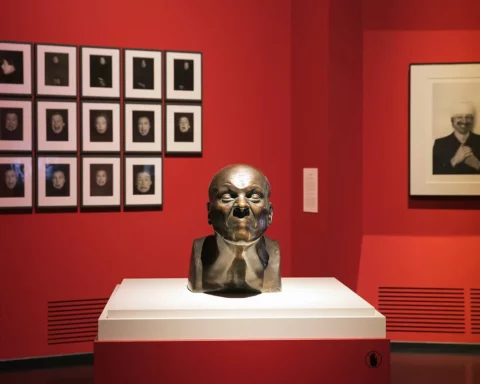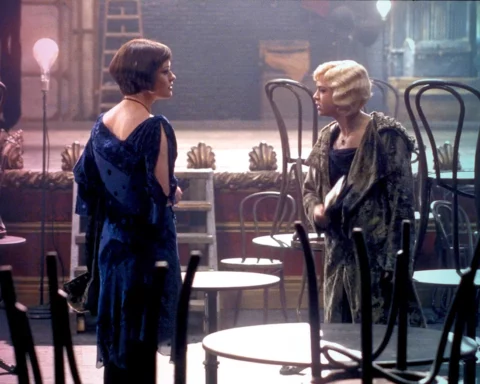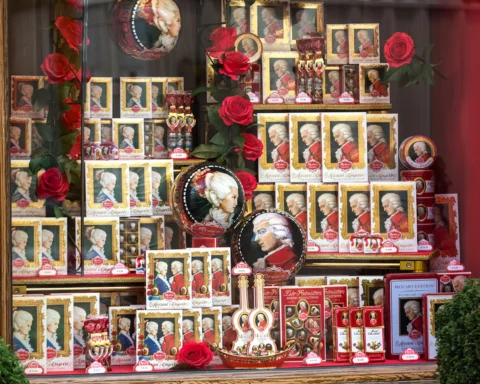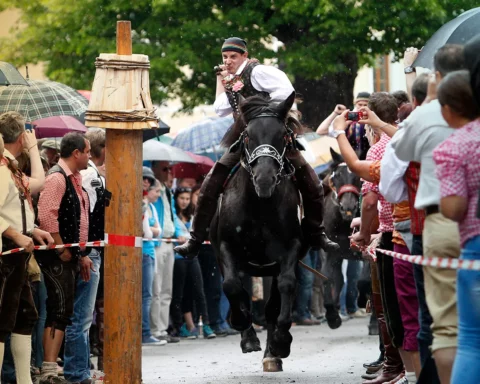Central Europe may not be among the first winemaking regions that come to mind. However, in terms of tradition, it should unquestionably be recognized as one of the more important. With Tokaj, the first officially recognized wine region, and the oldest vine in the world still producing grapes, it may seem the center of Old World Winemaking.
Among the most important of its wine regions, there’s Weinvertel, right on the Austrian border with Czechia. Sharing grape varieties and winemaking traditions, vintners on both sides of the border produce notable wines, such as fresh, zesty, greenish-white Grüner Veltliner and red, full-bodied Zweigelt, along with the always loved Riesling.
Nighteen eighty-five. Austrian wine or antifreeze?
But not all vintages are created equal. The worst year for Austrian winemakers by far was in 1985, when a wine crime was brought to daylight. Thousands of liters of Austrian wine that year were found to be adulterated with diethylene glycol, a five-dollar-per-thousand-liter component to some antifreeze liquids, in one of the largest scams in winemaking history.
No one is quite sure when the scandalous practice started. As the investigation went on (and dozens of people were arrested), the hypothesis was formed that the potentially poisonous substance was added to wine thanks to overzealous salespeople. Vintners would sign profitable deals with German stores to provide them with large quantities of customer-preferred sweet wine.
As the climate changed, crops in the 80s vintages were not as good as expected – they either yielded too few grapes or the grapes were too sour in flavor. Somewhere along the process, the extra chemical was added as a sweetener to make up for what was lost. In 1985 the scheme broke and led to a massive crisis.
Is this to warn you away from enjoying Austrian wine? Just the opposite, as the scandal led the country’s winemakers to take radical measures, which turned the country’s wine into a top-selling – and more importantly – well-branded Old World wine region.
Glycol: word of the year
To make a long story short, the Austrians became engrossed in their wine quality. Thirty years after the scandal, their wines are praised for being pricey – Austria decreases wine produce while raising prices. It would be a success story in any industry. It is even more so in this industry touched by a PR crisis.
In 1985, the German “word of the year” was “glycol” (seriously!), which meant that Austria had to find new importers and focus on impressing customers in range. Hence the pivot from cheap jug wine to a quality one. And on top of that, there’s now a meticulous inspection that grants a wine the country’s seal of approval.
These days, every Austrian wine has to pass an exam to get a passport: a round symbol of Austria’s red-white-red flag on top of the bottle. Whenever you see it – especially on Grüner Veltliner – you know for a fact that you can give it a try without any hesitation.







